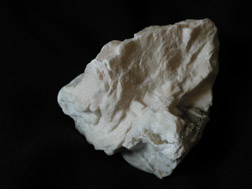Gypsum
Click on image for full size
Windows to the Universe/L.Gardiner
Related links:
Find out how to identify minerals (...and learn what shape, luster, color, streak, hardness, cleavage and fracture are all about!)
Meet some other nonsilicate minerals!
Gypsum
You can find gypsum in sedimentary rocks, deserts, and caves. Large amounts can form in layers on a salty sea or lake bottom when water evaporates leaving the mineral behind.
Gypsum sometimes forms when water evaporates in sandy areas like deserts. The gypsum crystals can trap sand grains as they grow. This makes the crystals the same color as the sand. Sometimes the gypsum crystals with their trapped sand grains form a shape called a Desert Rose.
Gypsum crystals are a little bit flexible. That means that thin crystals can bend a little bit. Bend them too much however, and they will break apart.
There is probably some gypsum in your house and school! Gypsum is used in building materials like plaster and sheetrock.
- Shape: Monoclinic (often forms thick tabular or prism shaped crystals)
- Luster: Pearly
- Color: White, yellowish, or brown
- Streak: White
- Hardness: 2 on Mohs Hardness Scale
- Cleavage: Perfect in one direction, poor in another direction
- Fracture: Thin elongate fractures
Last modified June 12, 2003 by Lisa Gardiner.
You might also be interested in:
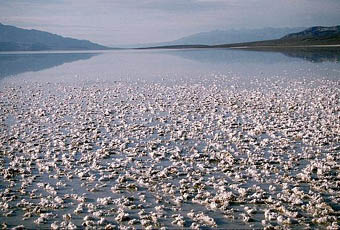
Unlike most other sedimentary rocks, chemical rocks are not made of pieces of sediment. Instead, they have mineral crystals made from elements that are dissolved in water. The water in the oceans, lakes,
...more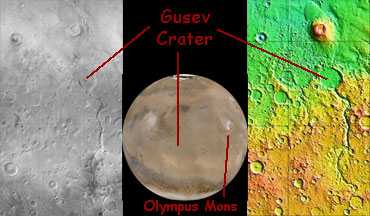
Gusev Crater is an impact crater on Mars that looks as though a lake may have once filled it in the distant past. One of the two Mars Exploration Rovers (MER) will explore Gusev Crater beginning in January
...more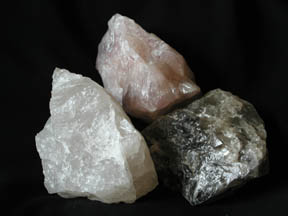
Spotting minerals is fun! There are many different types of minerals, each with a different name and a special set of characteristics. So, if you find a mineral that you do not recognize, you can use
...more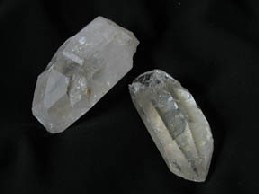
Quartz is one of the most common mineral in Earth’s crust! Silica (Si) and Oxygen (O) are the only elements within pure quartz. If a cooling magma has silica leftover after feldspars form, quartz is likely
...more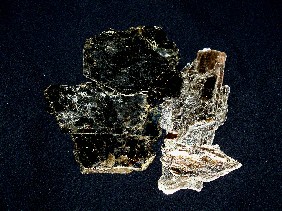
Mica minerals make some rocks sparkle! They are often found in igneous rocks such as granite and metamorphic rocks such as schist. They sparkle because light is reflected on their flat surfaces, which
...more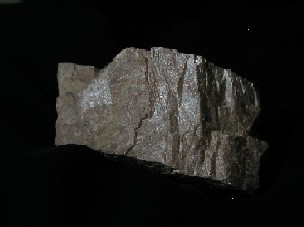
Feldspar is the most common mineral in the Earth’s crust, so you are very likely to find it in the rocks you collect! It is found it all of the three rock types, but is most common in intrusive igneous
...more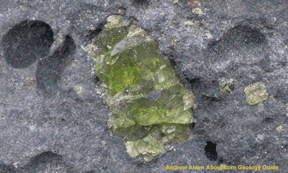
Olivine looks like little green crystals. It is typically found in some igneous and metamorphic rocks. Often the crystals are so small that you need to use your hand lens or magnifying glass to see them
...more


